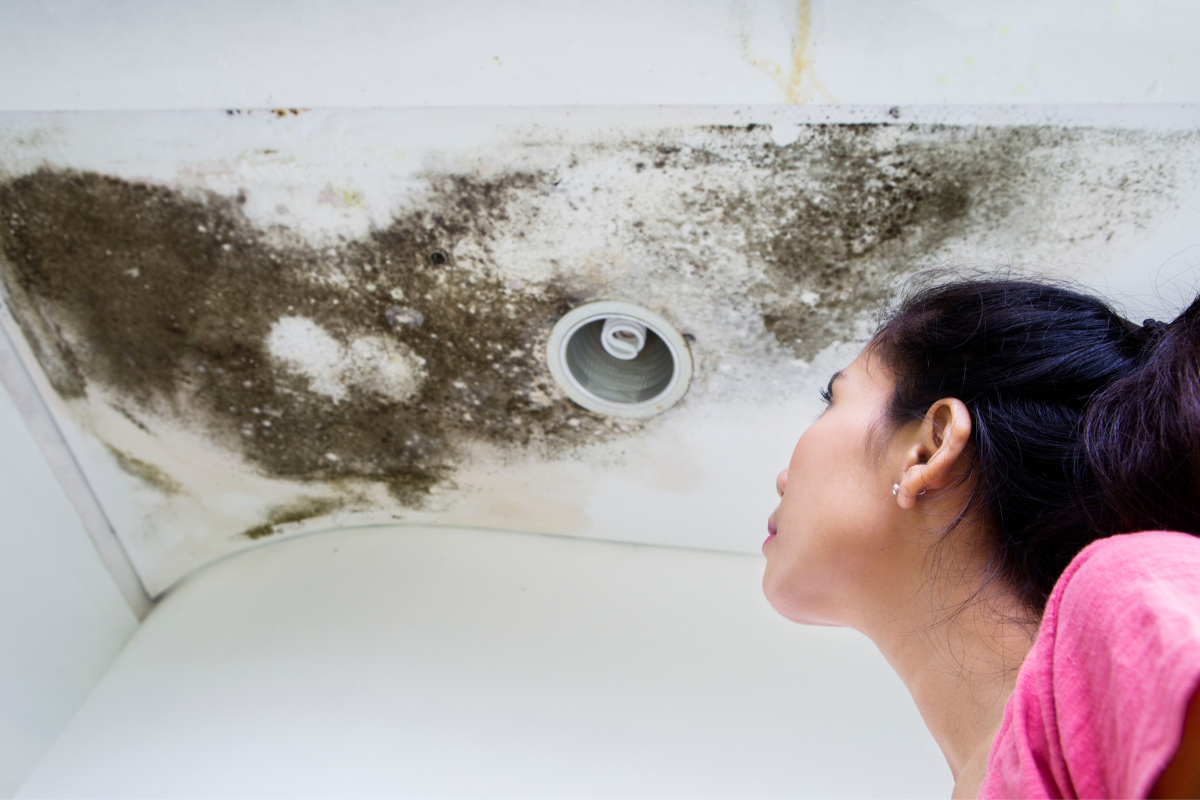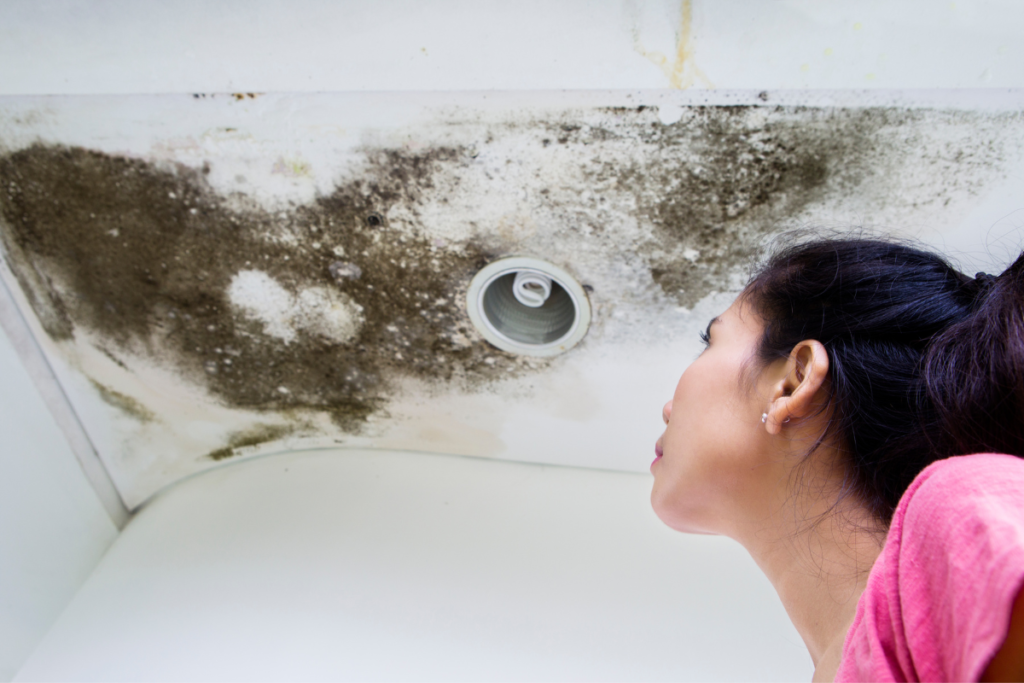
Mould Health Dangers: Crucial Tips To Keep You And Your Family Safe
Mould can be a silent and hidden health hazard that often goes unnoticed in our homes.
Unlike other dangers that are clearly marked or labeled, mould poses a subtle but significant threat to your health and well-being.
Black mould, in particular, is a toxigenic fungus known for its harmful effects.
This article will explore the health dangers of mould and provide you with six essential tips to keep yourself and your family safe.
From understanding its preferred environment to recognizing its impact on health, we’ll equip you with the knowledge to combat mould effectively.
Let’s get into it.
Ideal Conditions For Mould Growth
Mould, especially black mould, thrives in warm and moist environments. It tends to make itself at home in places like bathrooms, kitchens, basements, crawl spaces, and areas with water damage.
Poor ventilation and frequent water use can further encourage its growth.
Mould problems can be more common in humid climates and homes equipped with humidifiers. Whether it’s mildew on your shower curtain or mould on your window sills, being proactive in removing it is crucial to maintaining a healthy living environment.
Health Hazards Of Mould
While small amounts of mould might not pose a significant threat, larger infestations can be hazardous to your health.
Prolonged exposure to mould can lead to a range of health issues.
Some individuals may experience mild symptoms such as coughing, stuffy nose, itchiness, watery eyes, and breathing problems.
However, those with weakened immune systems, asthma, or mould allergies can suffer more severe effects.
The toxins produced by mould can even affect the body’s central nervous and immune systems.
It’s essential to recognize the symptoms of mould exposure, as it can have a wide-ranging impact, from minor discomfort to severe health problems.
Who Is Vulnerable To Mould Dangers
Mould can affect anyone living or working in an environment where it is present. However, certain individuals are more vulnerable to its dangers. Elderly people, those with compromised immune systems, individuals with respiratory illnesses, and children can be more severely affected by mould exposure.
For example, a study published in the International Journal of Indoor Environment and Health found a higher prevalence of asthma in school-age children living in homes with high mould levels.
It’s crucial to address mould issues even if you feel fine, as the next person entering the area may not be as resilient. Raising awareness of the potential risks is a key step in tackling mould problems.
Mental Health Implications
While black mould doesn’t directly cause depression or mental illness, there is a link between mould exposure and mental health. A 2007 study in the American Journal of Public Health revealed that individuals residing in mouldy and damp homes were more likely to suffer from depression.
Although the mould toxins themselves aren’t responsible for depression, the symptoms of mould exposure and the overall unhappiness associated with a mouldy living environment can contribute to poor mental health. It’s essential to consider the potential impact of mould not only on physical health but also on mental well-being.
Treatment For Mould-Related Symptoms
If you suspect that your health issues are related to mould exposure, it’s crucial to consult a medical professional. While doctors can’t definitively diagnose mould-related symptoms, they can assess your condition and perform tests to check for mould allergies.
Tests may include blood tests to measure antibodies and sensitivity to mould species, as well as skin prick tests to assess your skin’s reaction to mould exposure.
The treatment prescribed by your doctor will depend on the diagnosis. Options may include nasal sprays to reduce inflammation, antihistamines to suppress immune responses, allergy shots, and mucus-reducing medications to boost immunity. Seeking medical guidance is crucial to manage and alleviate mould-related symptoms effectively.

Combating Mould In Your Home
To protect your loved ones from the health risks associated with mould, it’s vital to take immediate action to address the problem. Start by identifying the source of the mould issue and contact a professional mould remediation company to address any leaks or dampness that could be promoting mould growth.
Conduct a thorough visual inspection of your home, paying attention to musty odours, peeling paint, warped wood, and signs of mould on windows, walls, and ceilings. Regularly check high-humidity areas, such as kitchens and bathrooms, for signs of mould or mildew.
You can also improve ventilation by installing fans and dehumidifiers and ensuring appliances like dryers are vented outside. Taking proactive measures will not only help eliminate mould but also prevent its return.
FAQs
1. What is mould, and why is it a health hazard?
Answer: Mould is a type of fungus that can grow in damp and humid environments. It is a health hazard because exposure to mould spores and their byproducts can lead to a range of health issues, from allergies and respiratory problems to more severe conditions in some cases.
2. What are the common symptoms of mould exposure?
Answer: Symptoms of mould exposure can vary but often include coughing, stuffy nose, wheezing, skin rashes, sore throat, and red or itchy eyes. In more severe cases, it can lead to respiratory problems and other health issues.
3. Who is most at risk of health problems due to mould exposure?
Answer: Individuals with weakened immune systems, asthma, mould allergies, the elderly, and children are more vulnerable to the health risks associated with mould exposure.
4. Can mould cause mental health issues like depression?
Answer: While mould itself doesn’t cause depression, there is a link between living in mouldy environments and an increased risk of depression. The symptoms of mould exposure and the unhappiness associated with a mouldy living environment can contribute to poor mental health.
5. How can I know if my health issues are related to mould exposure?
Answer: If you suspect mould-related health issues, consult a medical professional. Doctors can conduct tests and assess your symptoms to determine if they are related to mould exposure.
6. What are the long-term health effects of mould exposure?
Answer: Prolonged exposure to mould can lead to chronic health issues, including allergies, asthma, and respiratory problems. In some cases, it may contribute to more severe conditions and complications.
7. How can I prevent mould growth in my home?
Answer: To prevent mould growth, maintain proper ventilation, fix leaks promptly, reduce humidity levels, use dehumidifiers, and regularly inspect your home for signs of mould. Proper maintenance and addressing water damage are key steps.
8. Should I hire a professional for mould removal?
Answer: For significant mould infestations, it’s recommended to hire a professional mould remediation company. They have the expertise and equipment to safely remove mould and address the underlying issues.
9. Can mould grow in any climate, or is it more common in humid areas?
Answer: While mould can grow in various climates, it’s more prevalent in humid and damp environments. Areas with high humidity are more conducive to mould growth.
10. Is there a way to ensure mould doesn’t return after removal?
Answer: To prevent mould from returning, address the root cause of moisture or water issues in your home. Proper ventilation, maintaining low humidity, and regular inspections can help keep mould at bay.
Remember that mould-related health hazards should be taken seriously, and if you have concerns or suspect mould in your living environment, it’s advisable to seek professional advice and assistance.
If you have any questions about our article, “Mould Health Dangers: Crucial Tips To Keep You And Your Family Safe” or need dehumidification equipment, feel free to call us at (416) 912-2205 or chat with us on LiveChat or social media.
